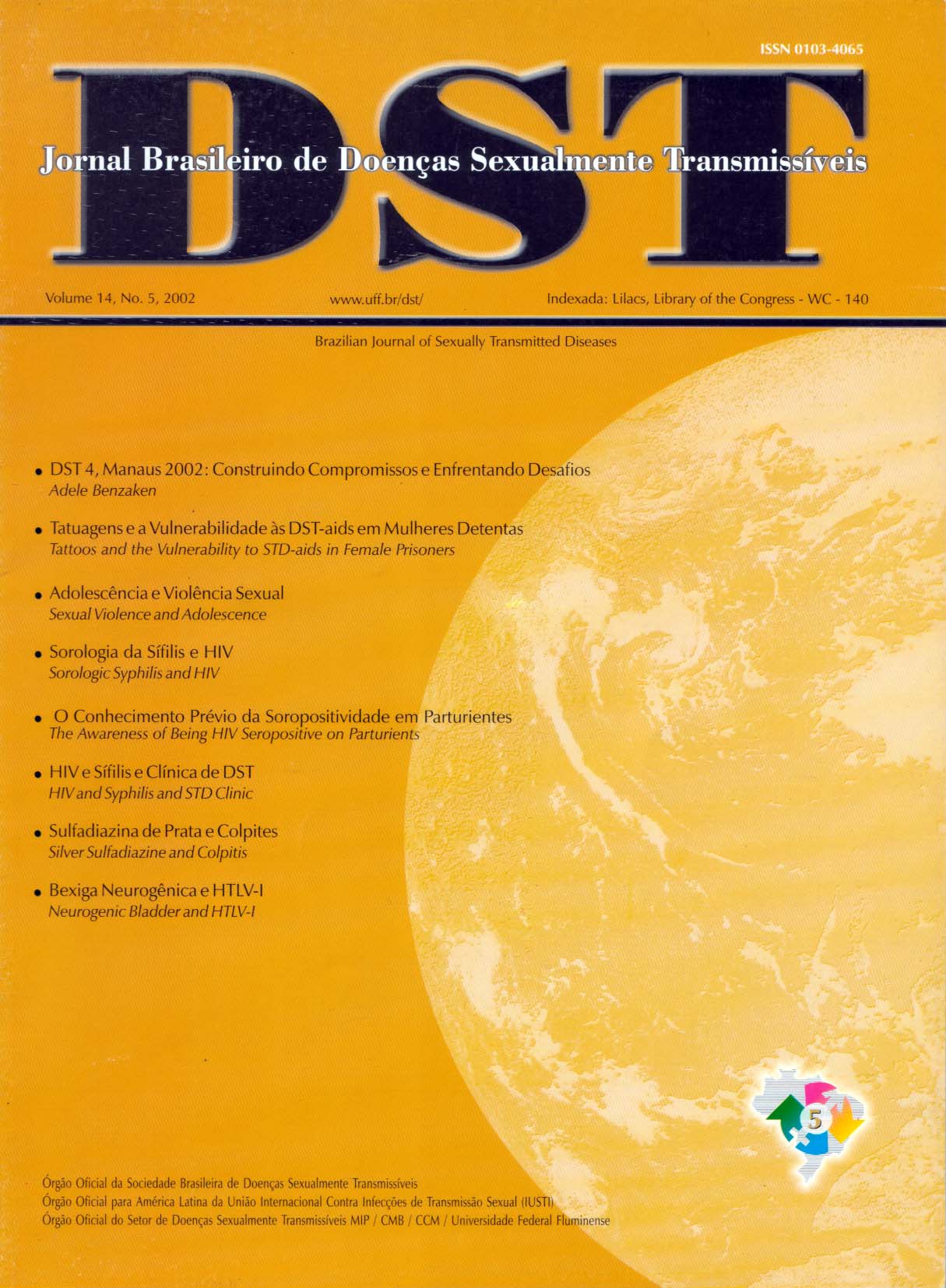Contribltion to the seroepidemyologic stüdy of the Syphilis in lnfected by HIV, Inuniversity hospital of the Rio de Janeiro city, RJ State
Keywords:
syphilis, STD, HIV-AidsAbstract
Syphilis is common in HIV patient, however, it is not very known about the form as the HIV infection could affect the manifestations of the disease. In infected by HIV, the syphilis can have an accelerated course and the serologic answer to the infection can be blocked or changed. Objectivs:To estimate the prevalence of syphilis in infected by HIV and to analyze associated characteristics. Methodology: Retrospective study with 254 samples of serums of infected by HIV and 96 samples control (negative HIV); tests for syphilis: VDRL (Venereal Disease Research Laboratories), TPHA(T.pallidum hemaglutination) and ELISA IgG; and analysis of the medical archives. Results: Of the 254 infected by HIV. sixty eight (26,7%) were reagents for syphilis and hundred and eighty six (73,3%) they were no-reagents. Of the 96 serums of the control group , ten (10,4%) were reagents for syphilis and eighty six (89,6%) were no-reagents. Discussion: The syphilis prevalence was more significant (r<0,05) in patient HIV + that in HIV -, with 26.7% against 10.4%. The characteristics associated with the acquisition of the syphilis (r<0,05), were:masculine sex; income; homo and bisexual behavior; and type of drug.












